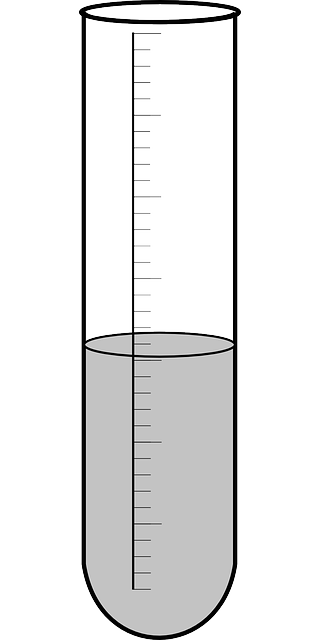Ferritin level testing, combined with the UK Vitamin D Blood Test, is a powerful diagnostic tool for iron deficiency anemia. Ferritin, a protein key to iron management, offers direct insights into iron stores within the body. Fatigue, weakness, and pale skin may signal an issue, prompting tests especially recommended for individuals at risk, such as those with blood loss, gastrointestinal disorders, or restrictive diets, including women of childbearing age. The Vitamin D Blood Test measures vitamin D levels, crucial for healthy iron absorption; results are interpreted based on reference ranges, guiding tailored treatments to combat anemia and ensure optimal iron management.
“Unraveling Iron Deficiency: The Role of Ferritin Level Testing
Iron deficiency is a common health concern, but diagnosing it accurately is key. Here, we explore an essential tool in this process: the UK Vitamin D Blood Test, which also measures ferritin levels. Understanding ferritin—a protein storing iron—is crucial for detecting deficiency. This article guides you through recognizing when to test, explaining the process, and interpreting results, offering insights into managing iron levels effectively.”
- Understanding Ferritin and Its Role in Iron Storage
- When to Consider Ferritin Level Testing
- The Process and Interpretation of UK Vitamin D Blood Test Results for Iron Deficiency Diagnosis
Understanding Ferritin and Its Role in Iron Storage
Ferritin is a protein that plays a vital role in iron storage and transport within the body. It acts as a reservoir, capturing excess iron for future use and preventing its loss. This process is particularly crucial in maintaining optimal health, especially regarding iron levels, which are essential for various bodily functions. In the UK, Vitamin D Blood Test kits have become increasingly popular, but understanding ferritin levels is also critical in diagnosing conditions like iron deficiency.
When the body’s ferritin stores deplete, it can lead to decreased iron availability, resulting in anemia and other health issues. Testing ferritin levels provides valuable insights into a person’s iron status, especially for those at risk of deficiencies. This simple blood test is often included in comprehensive assessments, helping healthcare professionals make accurate diagnoses and recommend appropriate treatment, such as dietary changes or supplements, to address iron-related concerns.
When to Consider Ferritin Level Testing
If you’re experiencing symptoms like fatigue, weakness, pale skin, or shortness of breath, ferritin level testing could be a crucial step in diagnosing iron deficiency. While a simple UK Vitamin D Blood Test can provide valuable insights, ferritin levels offer a more direct measure of your body’s iron stores. This is particularly important as iron plays a vital role in transporting oxygen throughout your body, and deficiencies can lead to various health issues.
Consider getting a ferritin test if you have chronic symptoms or belong to a high-risk group. For instance, individuals with frequent blood loss, certain gastrointestinal disorders, or those following restrictive diets may benefit from this test. Additionally, women of childbearing age, especially those who are pregnant or breastfeeding, should discuss ferritin level testing with their healthcare provider to ensure optimal iron status for both mother and child.
The Process and Interpretation of UK Vitamin D Blood Test Results for Iron Deficiency Diagnosis
The UK Vitamin D Blood Test plays a crucial role in diagnosing Iron Deficiency, offering vital insights into an individual’s nutritional status. This test measures the level of vitamin D in the blood, which is essential for maintaining healthy iron absorption and utilisation. During the process, a small sample of blood is taken, typically from a vein in the arm, using a sterile needle. This sample is then analysed in a laboratory using specialized equipment to determine the concentration of vitamin D present.
Interpretation of results involves comparing the measured level against established reference ranges. In the context of Iron Deficiency, low vitamin D levels can indicate an increased risk or presence of deficiency. Healthcare professionals consider factors like age, sun exposure, and overall health when interpreting these results. A deficiency in vitamin D may be addressed through dietary changes, supplementation, or medical interventions to support iron absorption and combat anaemia associated with Iron Deficiency.
Ferritin level testing, alongside the UK Vitamin D Blood Test, is a valuable tool in diagnosing iron deficiency. Understanding ferritin’s role in iron storage and knowing when to test are crucial steps in navigating this process. By interpreting results accurately, healthcare professionals can effectively manage and treat iron-deficiency anemia, enhancing overall health and well-being.
